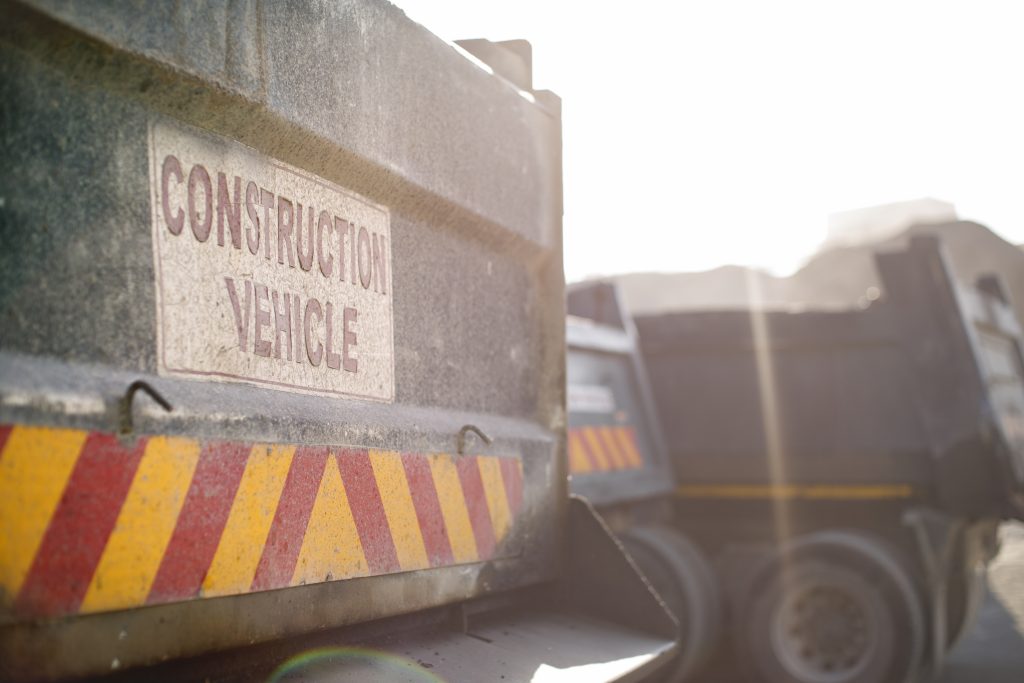If you’ve ever been to a large scale music or sporting event as a spectator then you’ll know just how unwieldy and amorphous a large crowd can be. When you’re caught in the nucleus of a crowd you physically cease operating as one individual. Instead you become part of a current as you’re pulled this way and that. When you add the passion that people have for their favourite musical acts or sporting team and combine this with alcohol and heat it’s a dangerous concoction that needs to be controlled.
You’ve only got to look at instances such as the Altamont free concert back in 1969, The Who, Cincinnati concert in 1979, and more recently the Hillsborough soccer tragedy in 1989 and the Duisburg Love festival in 2010 where 96 and 21 people lost their lives respectively, to see circumstances where crowd control was either non-existent or badly organised.
What needs to be remembered is that it isn’t always the quantity of the crowd that’s important, but instead the various factors and behaviours that affect them.
So what issues can large scale crowds cause?
Crowd surges
Dangerous crazes such as crowd surfing or crowd jumping
Widespread panic
Trampling
These issues are more likely if the crowd you’re dealing with are under the influence of alcohol. There are also known periods of time when crowd problems tend to peak and these are arrivals (gaining entry into the venue) and departures (exiting after the event). The Who concert in Cincinnati is a prime example. Here, 11 people died when the organisers failed to open the doors to the venue causing a backlog of people. The set was supposed to begin at 8pm and at 7.45 pm the frantic crowd (approx 18,000) still couldn’t get in. When they mistook the band warming up for the opening number they surged forwards en mass where those 11 people were subsequently trampled to death.
So what can event organisers do?
- To greatly reduce the risk of crowd surges areas such as steep slopes and dead ends need to be seriously considered before allowing an event to take place.
- Make sure that exit and entry points are plentiful and clearly signposted and also make sure that there are no locked gates.
- Finally, insist that when crowds are moving, they’re doing so carefully in one direction (eg, no reverse or cross flow traffic).
If organisers take these factors into consideration and think about how to manage the whole process from the start right through to the finish there’s no reason why large numbers of crowds can’t gather to have a safe and happy event.
If you’d like to organise crowd control for your event or would like some advice, then contact MA Services Group. We’ve been in the security industry for many years and have managed crowd control for some of Australia’s largest events. Speak to our friendly and experienced team today on 03 9994 4107 and make sure that your event is one that people will talk about for all the right reasons.

